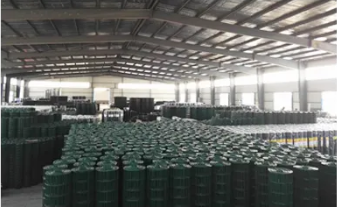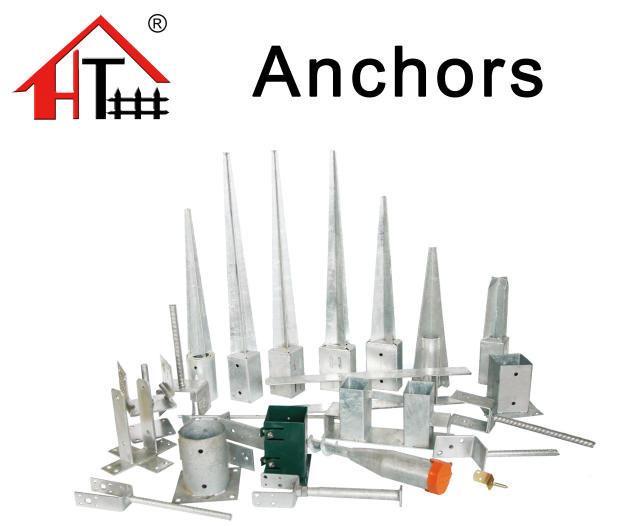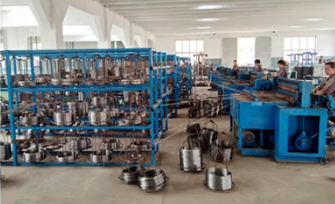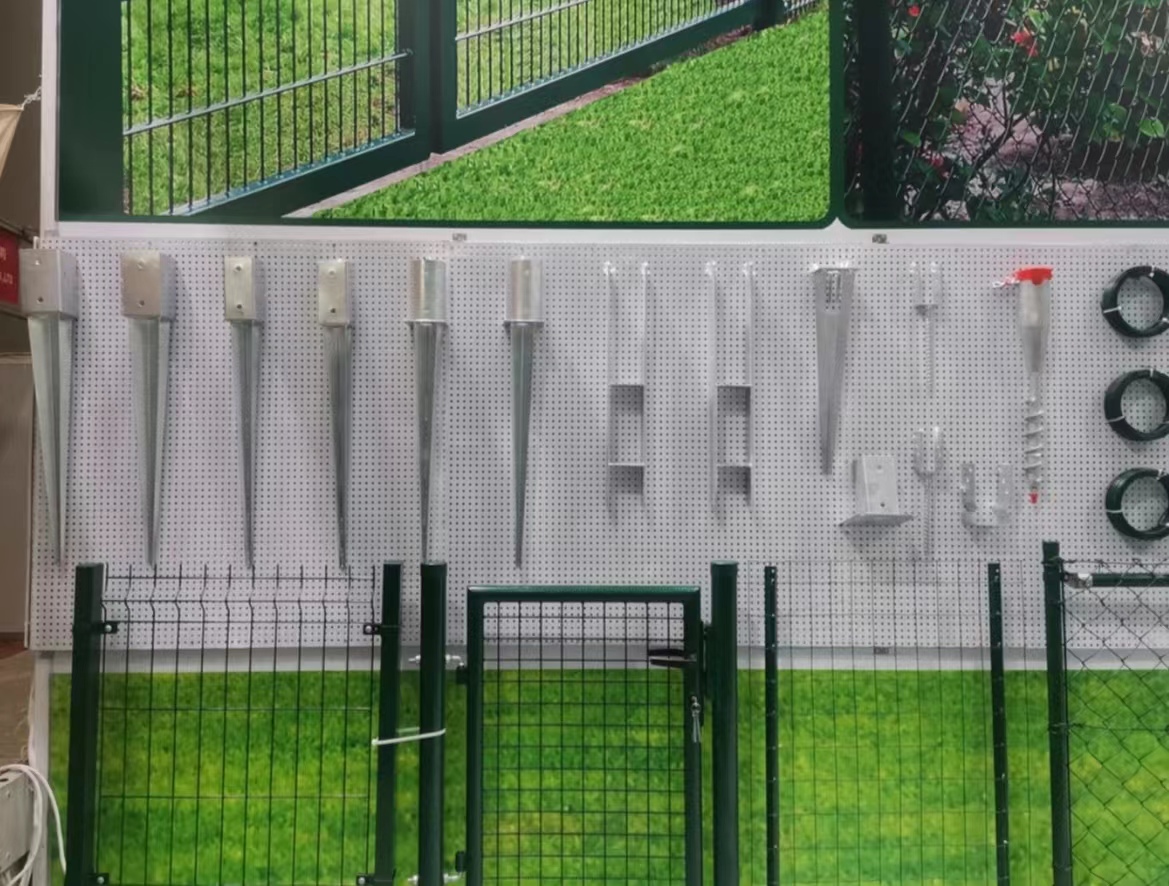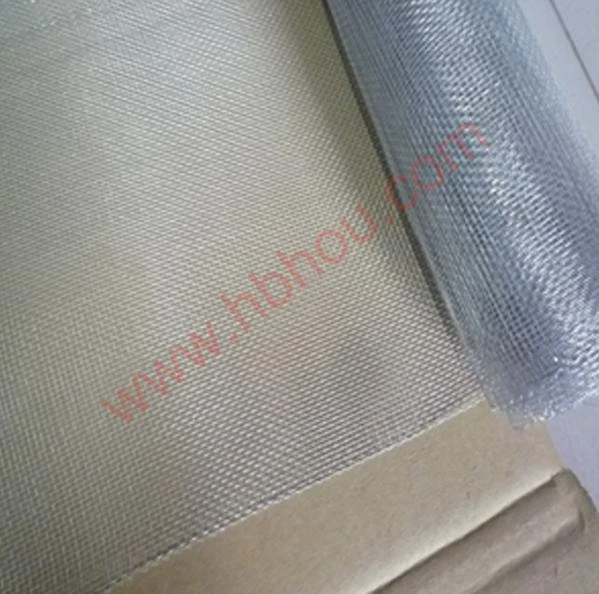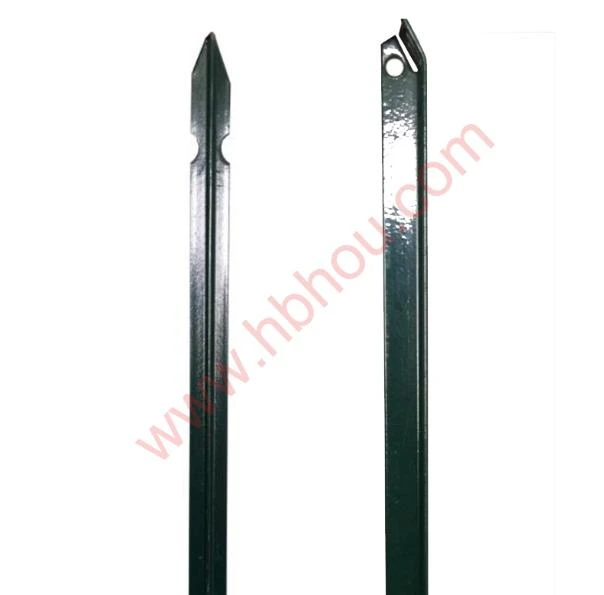Growing Through Plant Supports Nurturing Nature’s Growth
Gardening is more than just a hobby; it's a gateway to connecting with nature and fostering the growth of living organisms. Among the various techniques that gardeners employ to enhance plant health and productivity, the use of plant supports stands out as a vital practice. Plant supports not only provide physical assistance but also create an environment for plants to thrive, allowing for optimal growth through strategic support systems.
The Importance of Plant Supports
Plants are naturally designed to grow upright, but many species can benefit tremendously from additional support. In nature, climbing plants, vines, and certain flowers tend to grow towards sunlight, often requiring structures like trellises, stakes, or cages to reach their full potential. Utilizing plant supports can mitigate issues such as bending, breaking, and poor air circulation, which are common when plants are under stress due to their heavy fruit or foliage.
By using supports, gardeners can manage plant growth and improve the overall health of their gardens. For example, tomatoes are notorious for their sprawling habit, which can lead to diseases due to overcrowding and lack of air circulation. By supporting these plants with cages or stakes, gardeners can promote better air flow, reduce the risk of fungal infections, and improve the quality of the fruit by preventing bruising.
Types of Plant Supports
There are several types of plant supports available, each suited for different types of plants and growth habits.
1. Trellises Ideal for climbing plants like peas, beans, and cucumbers, trellises provide a vertical structure for plants to cling to. These supports can be made of various materials, including wood, metal, or plastic, and can add aesthetic value to the garden.
2. Stakes Simple but effective, stakes are great for individual plants. By inserting a stake next to a young plant, gardeners can tie the main stem to the stake, encouraging the plant to grow upward rather than sprawling along the ground.
3. Cages Tomato cages are perhaps the most well-known type of support. These circular structures cradle plants and allow for a natural growing shape while providing stability to prevent breakage.
grow through plant supports
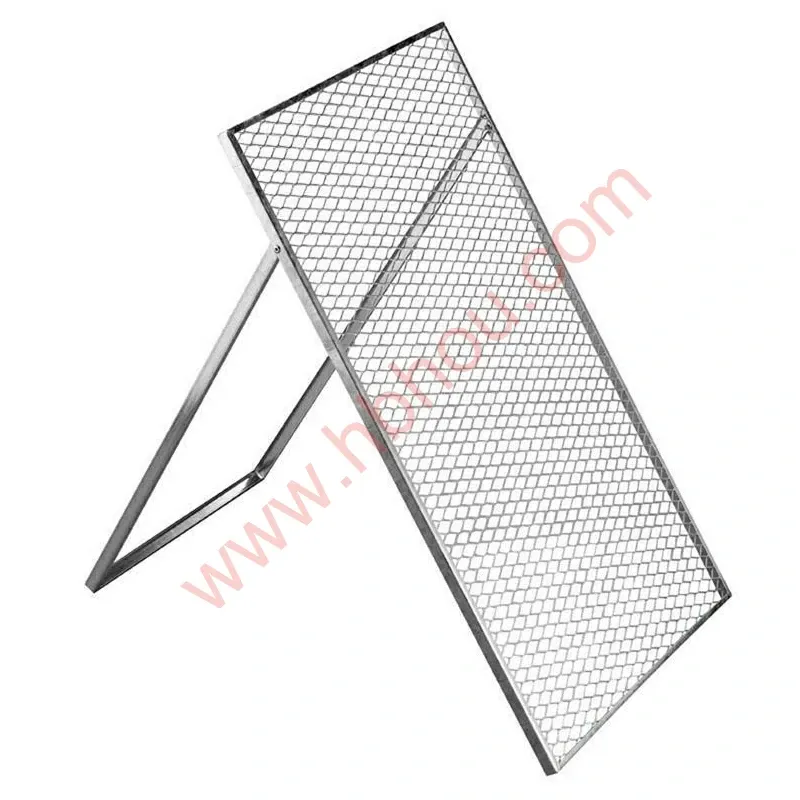
4. Arbors and Arches Perfect for decorating garden pathways, arbors and arches can support heavier vines such as wisteria and grapevines. These structures not only help plants but also create beautiful focal points in the garden.
Benefits of Using Plant Supports
The benefits of employing plant supports are manifold.
- Healthier Plants By elevating plants off the ground, supports reduce the risk of soil-borne diseases and pests, leading to healthier, more robust plants.
- Improved Yield Supported plants can maximize their exposure to sunlight and air, resulting in improved flowering and fruiting capabilities, ultimately increasing overall yield.
- Space Management Vertical growth allows for more efficient use of space. Gardeners with limited space can cultivate a wider variety of plants without overcrowding.
- Easier Maintenance With supported plants, maintenance tasks like pruning, watering, and harvesting become simpler. Gardeners can easily access the foliage and produce, making the overall gardening experience more enjoyable.
Conclusion
In conclusion, plant supports play a crucial role in the growth and health of garden plants. By choosing the appropriate type of support for specific plants, gardeners can create an environment that nurtures growth and maximizes yield. Whether it’s through trellises, stakes, cages, or more elaborate structures like arbors, these tools serve as the backbone of a thriving garden. So, the next time you dig into the soil, consider how plant supports can help your green companions grow to their fullest potential, ensuring a thriving, beautiful garden that flourishes through every season.









